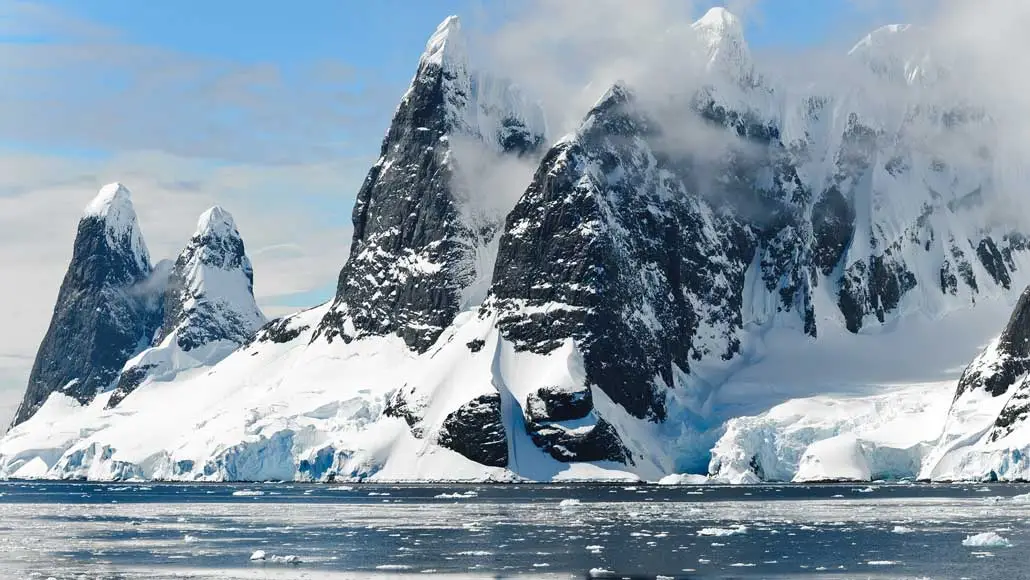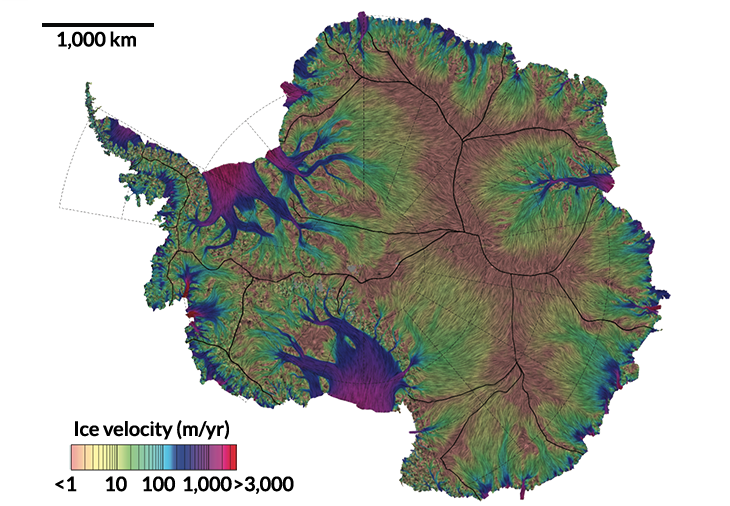A new map is the best view yet of how fast Antarctica is shedding ice
The research could help improve projections of sea level rise

ICE ICE BABY Glaciologists used observations from a cohort of satellite missions over decades to create the most detailed map yet of ice flow across Antarctica.
Αναστασία Πορτνά/Wikimedia Commons (CC BY-SA 4.0)







